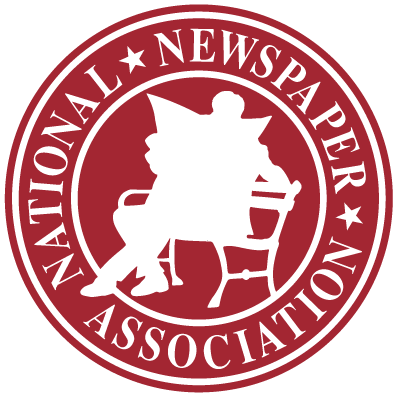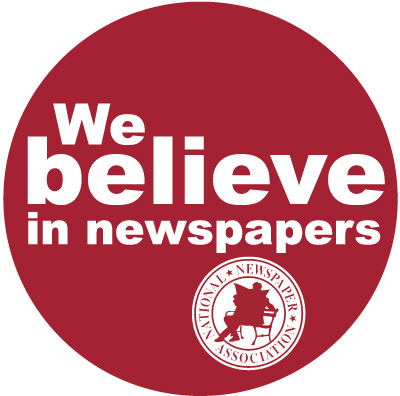Newspaper training experiment a success
Aug 1, 2015
By Kevin Slimp
Software Review
This week ended the “great experiment.”
I wondered how many newspapers, if presented with an easy and affordable method of getting on-site training, would take the bait and make a financial investment to bring an expert in to train and motivate their staffs.
You may feel like you’re back in middle school chemistry class by the time I finish this column, but stick with me while I explain the method, the group and the results.
I decided to begin with the papers in Minnesota and Iowa. I suppose I could have picked any states, but name recognition is important, and most newspaper folks in those states have known me for a long time. Plus, I hadn’t traveled much to those areas, other than to speak at conventions, in a few years. Another reason I selected those states is they have a lot of community newspapers. Most papers, it seems, are either independent or part of local newspaper groups.
When compared to newspapers in my home state of Tennessee, community papers in these states are much smaller in circulation. I was surprised to find many papers with a distribution less than 1,000.
So I began the experiment in January, offering to cut my fees in exchange for combining multiple newspapers during individual trips. For instance, I would visit a paper in southwest Minnesota on Thursday, another in northwest Iowa on Friday, and still another a few hours away on Saturday.
I figured, at worst, I would do a lot of traveling and break even. But I hoped that I could get enough newspapers to schedule two or three trips to the area, making it profitable, plus giving these papers an opportunity to have on-site training that they normally couldn’t fit into their budgets.
Back to the experiment. In middle school chemistry, I learned that there are six parts to an experiment. We’ve discussed the first part, usually referred to as “the question.” My question was, “Will community newspapers invest in training if it’s affordable and helpful?”
Which brings us to the second part of the experiment, the hypothesis. My hypothesis was that some papers would make that investment. Probably not dozens, but possibly six or eight.
Area three: Research. Research was not only done on the road, but also in surveys completed by publishers over these months.
I’ve already discussed the fourth area of scientific method—the experiment. In this experiment, newspaper publishers were offered a significantly discounted rate in return for their willingness to schedule visits that worked well with other area papers.
On to the fifth area of scientific method. In science, “analysis” is the record of what happened in an experiment, often referred to as “data.” In this case, I was surprised by the results. In all, I made 19 trips to the area. Most of these trips involved training groups of newspapers on-site. Wade Webber’s papers in Minnesota was a good example. The staffs of his four (maybe there were five) community papers met together in one location, on a Friday, for training. There were approximately 25 folks in attendance.
About one-third of my visits were to individual newspapers, not groups. The others varied in sizes of two newspaper staffs to more than 30 staffs at one stop. Yes, I was surprised.
In all, I trained more than 100 newspaper staffs in Minnesota and Iowa between January and June. Originally, I planned to complete these visits in February and March. I still have a few that are trying to work out dates (I extended my offer after it became clear that I couldn’t fit all the requests in during the allotted period).
And finally, what you’ve been waiting for, the sixth area of scientific method: the conclusion. It seems my original hypothesis, that community newspapers would invest in staff training if it were offered in ways that made it affordable and easy to arrange, was partially correct.
What I didn’t expect was the sheer number of responses. Nowhere in my wildest dreams would I have expected so many community papers, in two states, to get so excited about staff training.
A funny twist was that the Minnesota Newspaper Association asked me to do a day of training on May 29 for their members. I honestly worried that no one would show up. After visiting so many papers on-site over the previous four months, I didn’t expect there were many left. Probably the nicest part of this experiment was walking into a packed room, in a town just south of the Twin Cities, on May 29.
I still get e-mail daily from publishers and others that I met during my experiment in Minnesota and Iowa. Most write to say how much their products have improved or how their staffs are still talking about the training days.
I’m thinking about trying this experiment again in other states in late 2015 or early 2016, if my schedule allows. You’ll be the first to know how it goes. © Kevin Slimp 2015
Kevin Slimp is director of the Institute of Newspaper Technology. To read his past columns, go to www.kevinslimp.com. To learn about the institute, go to www.newspaperinstitute.com.






